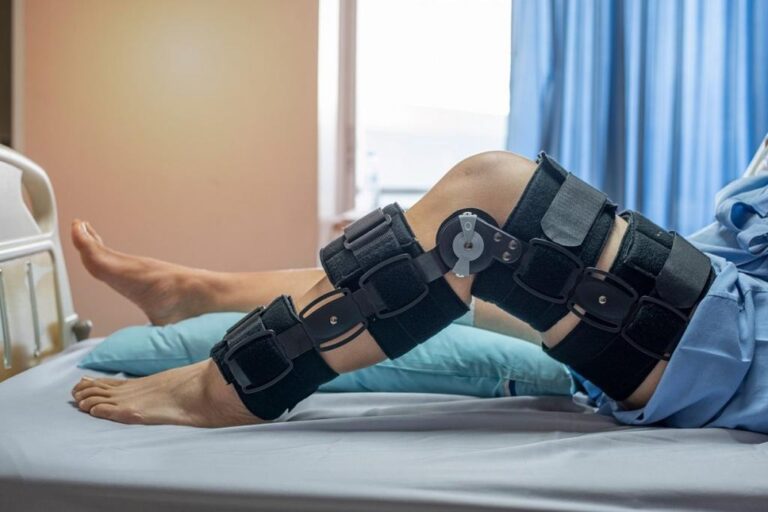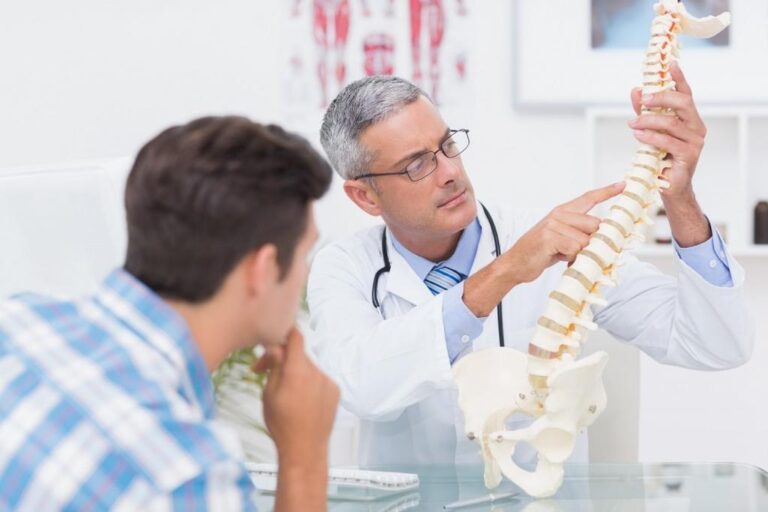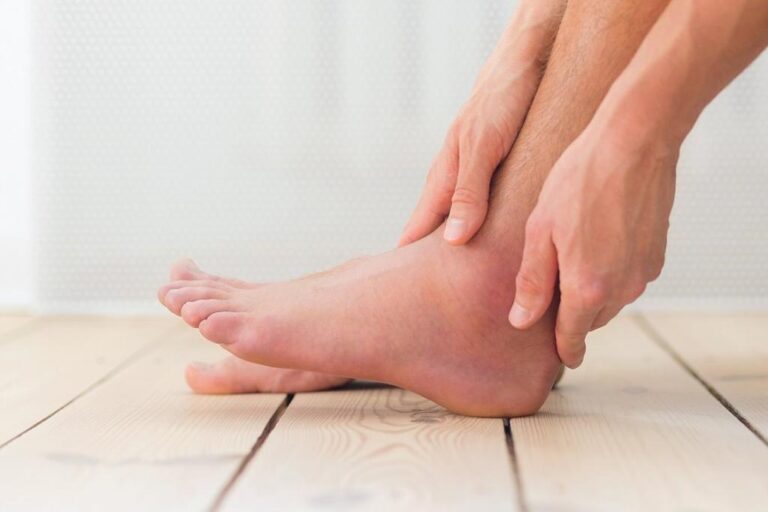If you’ve decided to take the leap and replace your aging or damaged knee joint, our goal is to get you back up on your feet and moving as quickly as possible. After all, the whole goal of the surgery is to regain pain-free mobility — and 90% of those who undergo knee replacement enjoy dramatic improvement in pain reduction and function. While we’ll do our part on our end, there are some things you can do on yours to ensure that your recovery goes as smoothly as possible.
At Texas Orthopaedic Associates, our team of highly skilled orthopedic surgeons uses the latest minimally invasive techniques wherever possible to shorten your recovery period. But you’ll still have a recovery period and, with a little prep work on the front end, you can come out the other side with a new spring in your step.
To help you navigate your recovery with ease, here are some tips that will serve you well.
A little time off
After your knee replacement surgery, we encourage you to get up on your new joint, even on the same day. Under the guidance of a physical therapist, you should be able to get around on your own (with a walking aid) before you go home. But that doesn’t mean you can go right back to life as usual.
Plan on devoting at least a few days or, better yet, a week to learn how to pilot your new joint. You’ll regain your mobility gradually, but during that first week, it will serve you well to clear your schedule so that you don’t push yourself.
Prep the homefront
Before you head into surgery, take a little time to prep your house. To start, you shouldn’t climb up and down flights of stairs immediately after your surgery, so if your bedroom is on the second floor, maybe move down to the ground floor for a few days. Once your physical therapist clears you for climbing, you can move back upstairs again.
You may head home from surgery with a walking aid, such as a cane or crutches, so be sure that you don’t have any throw rugs, cords, or other hazards that can trip you up.
Also, arrange to have a comfortable chair (with armrests!) that may be a little higher than you’re used to — about 18-20 inches — to make it easier to sit and stand. And place a footstool or ottoman nearby so that you can elevate your knee from time to time.
Speaking of sitting, if your toilet is low, consider placing a riser on it to make it easier for you to sit and stand.
Hitting the road
Driving presents one of the biggest hurdles during your recovery, for several reasons. First, you may be on pain medications that preclude you from getting behind the wheel. As well, getting in and out of a car will be temporarily difficult. Lastly, operating your foot pedals will be difficult, depending upon which knee we’ve operated on and whether your car is an automatic or standard.
All of this means that for the first several weeks of recovery, you’ll need to rely on alternate forms of transportation. Before your surgery, make arrangements with friends, family, or a driving service to ferry you to where you need to go (especially your physical therapy sessions!).
By making these preparations ahead of time, your recovery will progress far more smoothly and your road to freedom will be easier. And your efforts will be rewarded as you start a new chapter of your life, free from the nagging knee pain you’ve endured.
If you have more questions about preparing for your recovery after knee replacement surgery, please don’t hesitate to call one of our two offices in Dallas or our Plano, Texas, office. Or you can use the online scheduling tool to set up a consultation.













